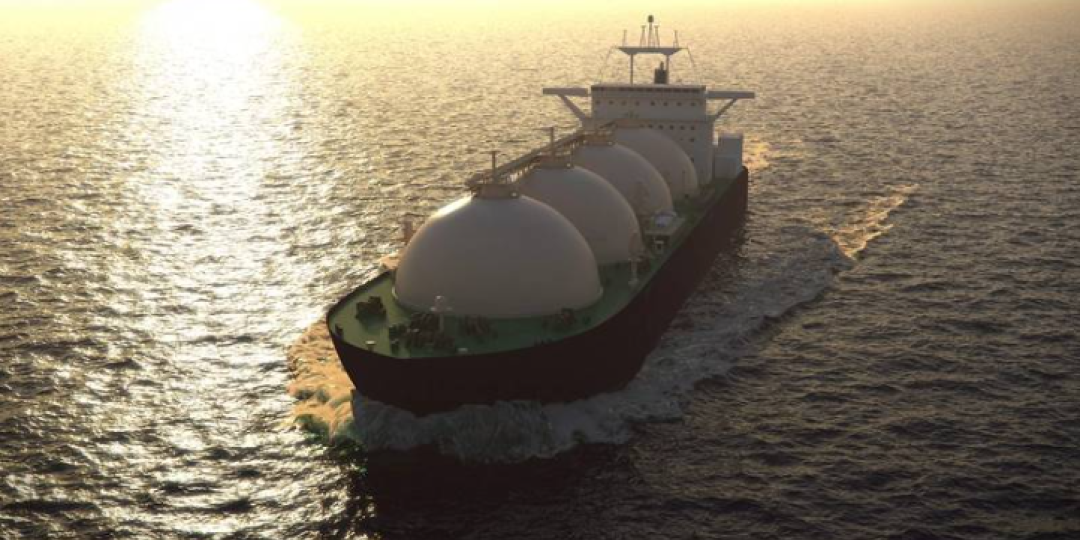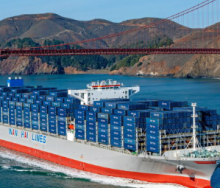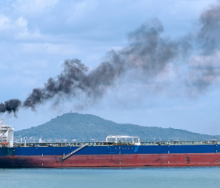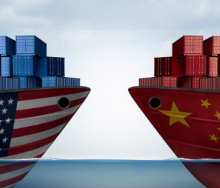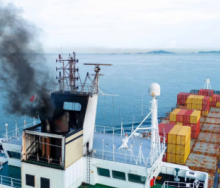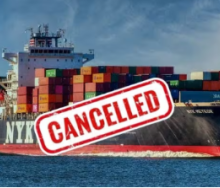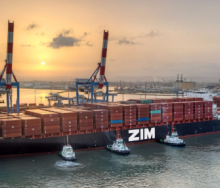The ongoing Red Sea crisis continues to significantly impact global shipping, particularly gas carrier fleets.
The situation has led to a drastic reduction in the number of liquefied natural gas (LNG) and liquefied petroleum gas (LPG) vessels transiting the Suez Canal, plummeting from 30-40 crossings per week before the crisis to fewer than ten since early 2024.
This has also been confirmed by the South African Association Freight Forwarders and Business Unity SA, reporting in the latest Cargo Movement Update: “Tanker traffic through the canal also decreased, albeit to a lesser extent.”
The ramifications of the Red Sea crisis, where Houthi rebels continue to target maritime vessels to show their opposition to Israel’s war on Gaza, are being felt across the global economy.
Analysts estimate that around 30% of worldwide container trade has been impacted, with 70-80% of vessels being rerouted around South Africa as of December 2023.
This disruption has led to soaring freight rates and increased shipping insurance costs, contributing to inflation, and affecting both regional and international shipping economies.
In particular, the crisis has intensified the pressure on shipping costs, with some routes experiencing nearly five-fold price increases.
The longer routes required by the current situation have increased travel distances for cargo and tankers by up to 53%, resulting in a rise in carbon emissions due to the additional fuel burned.
As the situation develops, retailers are bracing for potential product shortages.
With fewer vessels available, the rush to keep warehouse inventories stocked and store shelves full has exacerbated capacity strains.
